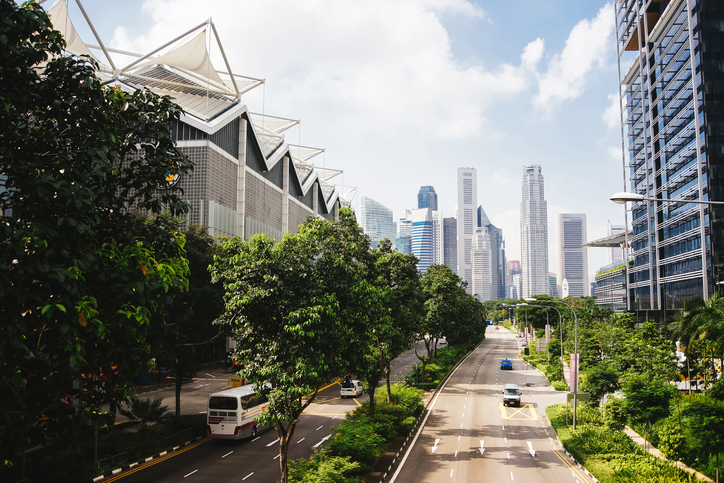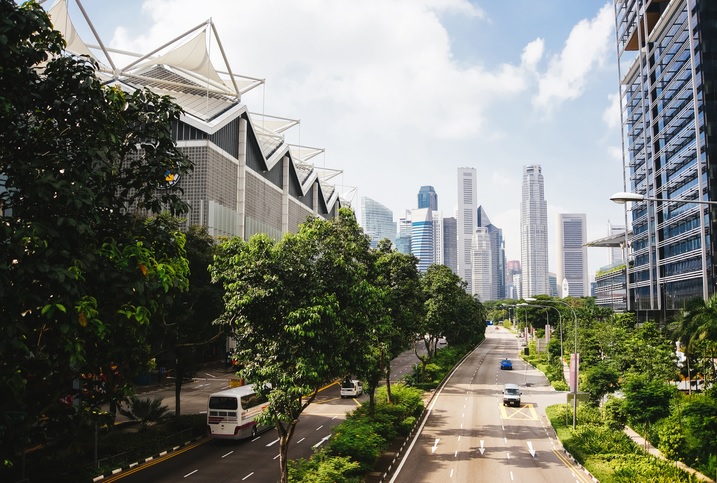
Introduction
In an era characterized by rapid urbanization, addressing the pressing issues posed by swelling city populations has become a paramount concern. Smart and sustainable cities present a revolutionary solution to this predicament, advocating for a harmonious integration of technology, innovation, and ecological consciousness.
Defining Smart and Sustainable Cities
Smart cities are urban areas that utilize cutting-edge technology to enhance performance and well-being. Sustainable cities, on the other hand, focus on minimizing their environmental footprint while fostering a high quality of life for residents. The intersection of these two concepts yields smart and sustainable cities, where technology is harnessed to optimize resources and improve overall livability.
The Benefits They Offer
Smart and sustainable cities boast an array of benefits. From efficient energy usage and reduced traffic congestion to improved air quality and better public services, the advantages are manifold. Moreover, these cities pave the way for a more resilient and interconnected urban landscape.
Core Features of Smart and Sustainable Cities
These cities are characterized by features such as integrated and intelligent transportation systems, renewable energy sources, advanced waste management, data-driven governance, and accessible digital services. These components synergistically work together to create a holistic and responsive urban environment.
Technologies Driving Smart Cities
The backbone of smart cities is technology. The Internet of Things (IoT), artificial intelligence (AI), and data analytics play pivotal roles in collecting and analyzing data for informed decision-making. This data-driven approach enables efficient resource allocation and enhances the quality of life for residents.

